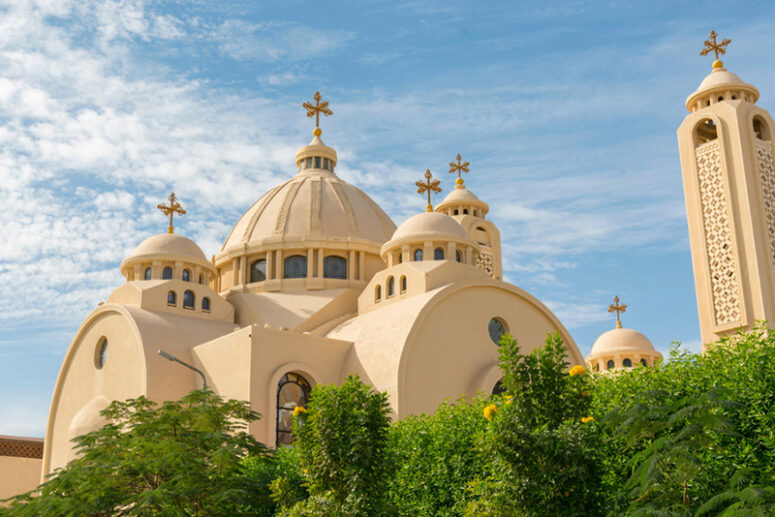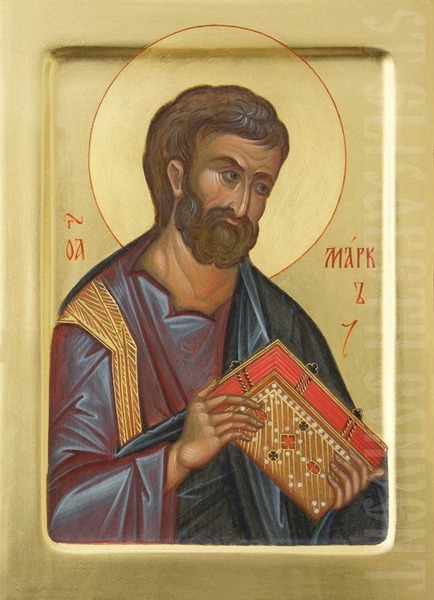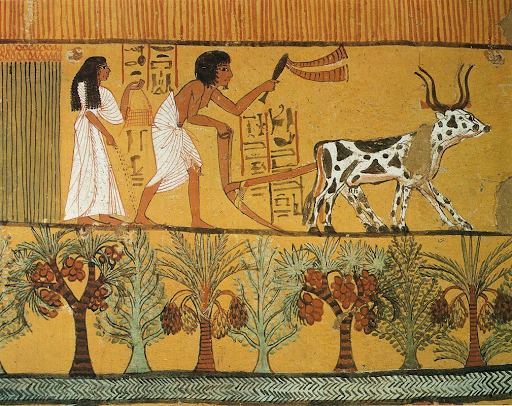
“Coptic” means “Egyptian”
The Coptic (or “Egyptian”) Orthodox Church of Alexandria was once a part of the Ecumenical Church. Despite the word “Orthodox” in its name, it has not been in communion with the Ecumenical Church for more than 1500 years. It differs from the Orthodox churches in doctrine, practice and iconography.
Historical origins
According to tradition, the Church of Alexandria was founded by Apostle Mark. Christianity proliferated first across the most populated regions of Lower Egypt, around the delta of the River Nile and reached the South of Egypt by the third century.
The disciples of Christ were preaching the faith effectively. Most Egyptians had converted to Christ by the end of the third century, and the number of practising Coptic Christians approached one million by the end of the fourth century.

The preaching of the faith in the vernacular language contributed to this success. Greek and Demotic letters formed the Coptic alphabet, and 40% of the vocabulary came from Greek. The first Coptic translations of the Scripture appeared around the third and fourth centuries, along with translations of the writings of early Church fathers.
The Church of Alexandria produced some of the world’s most outstanding theologians and saints, like St Athanasius the Great, St Gregory the Wonderworker, St Cyril of Alexandria, Saint Clement of Alexandria, Origen, and Pantene. It was also the birthplace of monasticism.
Doctrinal differences
Sadly, the Church of Alexandria could not escape a schism. Patriarch Dioscorus I of Alexandria rejected the doctrine of two natures of Christ preached by Pope Leo the Great. The Fourth Council of Chalcedon deposed Patriarch Dioscorus I and reaffirmed Pope Leo’s teachings.
However, part of the Church of Alexandria disagreed with the Council and seceded. That breakaway fraction was later called the Coptic Orthodox Church of Alexandria. The part that accepted the Council of Chalcedon is now named the Orthodox Church of Alexandria (officially, Patriarchate of Alexandria and All Africa).
The Orthodox believe in two natures of Christ – fully God and fully man, and His divinity and humanity are not mixed but are united without loss of separate identity. Conversely, Coptic Christians believe in a single nature of Christ, in whom divinity and humanity are fully and perfectly united in essence, hypostasis, and nature. This original division over Christology gave rise to divisions coming from the rejection of the subsequent Ecumenical Councils.
Liturgics and iconography
Because the Coptic Church has not been in communion with the Ecumenical Church, it has evolved its distinct liturgics and practices. Unlike the Orthodox Church of Alexandria, which adopted the Byzantine rite almost immediately, the Coptic Church preserved it for some time. The Coptic liturgy of Apostle Mark continued to be served until the 12th century. The Liturgy of Saint Basil the Great, used outside the great feasts, still differs from the Byzantine rite in most aspects, except perhaps the Anaphora, resembling the Byzantine rite most closely. On great feasts, the Coptic Church serves the Liturgy of Saint Gregory the Theologian, and the Liturgy of Saint Cyril of Jerusalem is used during the Great Lent and the Nativity Fast. Its modern liturgics combines Coptic features with elements of the Western and Byzantine rites.
The Copts view Egypt as the birthplace of iconography. The Coptic iconographic tradition has changed little since antiquity. Coptic icons still resemble Ancient Egyptian frescos in several aspects. Bright colours and expressivity are some of their distinct features. In the depictions of the saints in Coptic icons, the heads are very large relative to the bodies, underlining the saints’ mental focus on unity with God.



Our time
The number of Copts is difficult to estimate. Because most worshippers live in Egypt where Christians are now under attack, many are reluctant to confess their faith openly. It is difficult to state the number of Coptic believers since most of them live in Egypt, where Christianity is persecuted and not everyone dares to profess their faith openly. According to various estimates, the overall number of Coptic Christians may be anywhere from 10 to 25 million.
Egyptian Christians have been under pressure ever since the Muslim conquest of Egypt in the seventh century. Ninety per cent of Egypt’s present population are Sunni Arabs, unrelated to the ancient Egyptians. Associating themselves with the descendants of these indigenous Egyptians, the Copts are now a persecuted religious and ethnic minority of modern-day Egypt.
In the twentieth century, the Coptic Church advocated for ecumenical and inter-confessional dialogue. During the reign of Patriarch Shenouda, for example, it joined the World Council of Churches, maintained contacts with the Russian Orthodox Church, and reaffirmed a desire for unity among churches in its joint declaration with the latter.
Its dialogue with the Orthodox and Eastern churches has been productive but also inconclusive. The parties agreed that monophysites did not deny the divinity and humanity of Christ (which they hold to be united in a single nature – human and divine). Unlike them, Duophysites insisted on the inseparability of these two natures. It was also agreed that Patriarch Dioscorus and the Monophysites were not condemned for doctrinal but for disciplinary and canonical reasons.
However, reunification is still a remote prospect. No party believes the outcomes of the dialogue to represent the full spectrum of their views. Most differences remain unresolved and are unlikely to be overcome any time soon. For example, the Coptic Church is still far from recognising the Council of Chalcedon and the subsequent ecumenical councils. Therefore its communion with the Ecumenical Church still seems a distant prospect.




